Knowing my nundo / Living big in sun, sand and beaches.
Greetings friends, I bring you some history of where I live. I'm from Venezuela and I live in the Caribbean river, a small city with a lot of human warmth. In my country we are privileged to have a very favorable climate to enjoy our beautiful beaches, just Caribbean river is located on the coast of paria, place surrounded by beautiful beaches and mountains, where the human warmth and kindness of its inhabitants invite you to visit these lands.
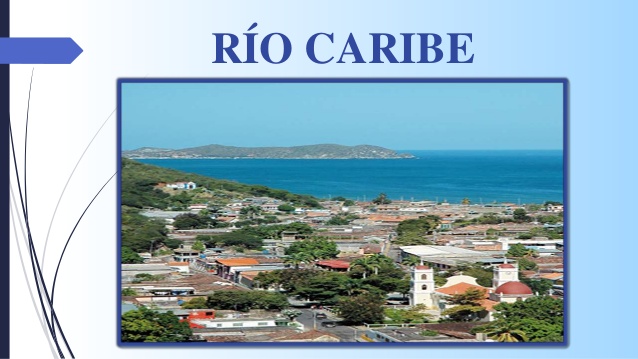
It is a coastal village located on the northern margin of the Paria peninsula, it is part of the Sucre state. It is the capital of the Arismendi municipality. It has a typical Caribbean port of fishermen, which, due to its central location, is an ideal starting point to get to know Paria Peninsula National Park and discover the dream beaches that are so appreciated in this part of Venezuela. Here I live forever. Between one city and another but always return home. Rio caribe, is a small town, where there are only 2 banks, some small shops and street vendors. The main economic activity is fishing and agriculture, where fishermen leave every day early in the morning to catch the fish that will then be sold on the shore of the beach, where all the inhabitants and visitors come from the early hours of the morning. the morning to be able to buy the freshest fish and then enjoy them in their houses with relatives.
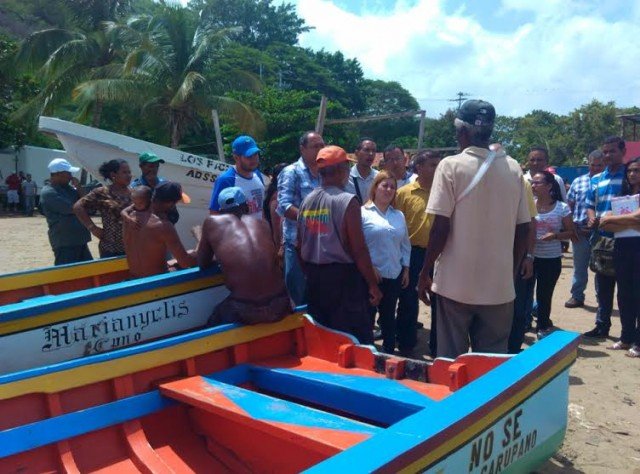 .
.
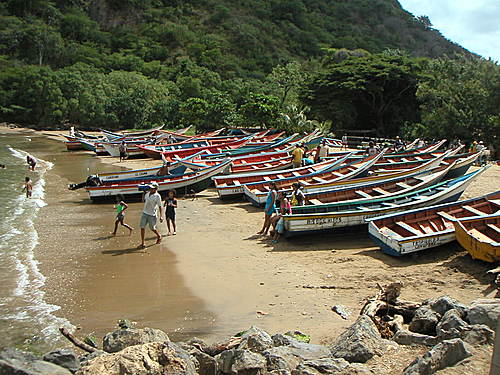
Rio Caribe does not have an exact date of foundation. However, there is evidence that in the year 1730, Bishop Don Lorenzo Lorenzo Pizarro visited the place, concluding in this way that his installation was before the year mentioned here. The governor of the province of Cumaná (current capital of the Sucre state), Gregorio Espinoza de los Monteros, visited the town in 1745, in his report notes the following: "from the foundation of this town can not give direct reason, because there is no instrument that suggests it, nor an elderly person who can relate to it "
However, a renowned villager, Angel Grisanti, born in the late nineteenth century, historian and chronicler of worldwide recognition with more than 60 titles published, highlights in one of his works, the possibility that was founded by Bishop Pedro de la Concepción Urtiaga, in the year 1713. This bishop visited then the Paria Peninsula in pastoral mission. This conclusion is obtained from a document that the Viceroy of New Granada, Don Jorge Villalonga, in a memorial that he sent to the king, says "in the territory of San Felipe de Austria (present Cariaco municipality ribero of the sucre state) and Río Caribe, there is four priests of Indians that are composed of nine towns ", and the document continues later" ... these Doctrines were placed by the Bishop of Puerto Rico in 1713, to whose jurisdiction they belong ". The conclusions of Grisanti, is very strong, so it is most likely that the foundation was on that date. In the church is the sculpture of San Miguel Arcángel patron of the town of which the villagers are very devout and believers, which celebrate every September 29 the day of the patron saint of the town.
![san miguel.jpg]
(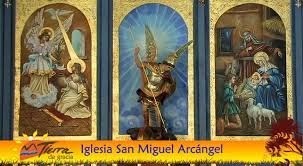 )
)
This town has several places of tourist interest in which I can name them: the church of San Miguel Arcángel (tells the story that was built by magicians in one night, according to the inhabitants at dawn there was this majestic colonial structure), then we have the Hermitage, the Calvary, the Christ the King on the hill (where the great King Christ welcomes our visitors from a great mountain and blesses these lands every dawn)
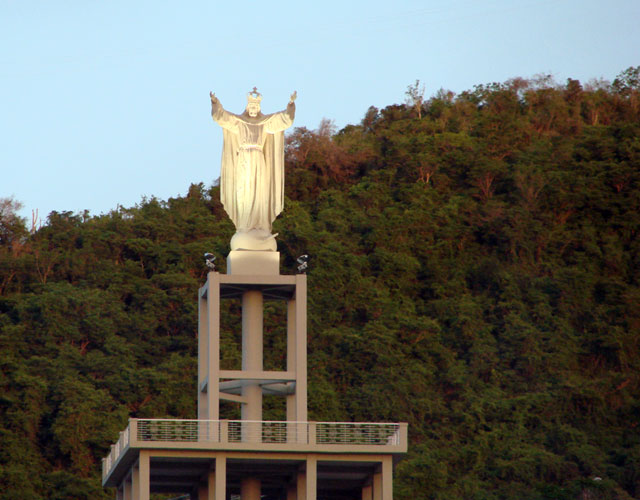
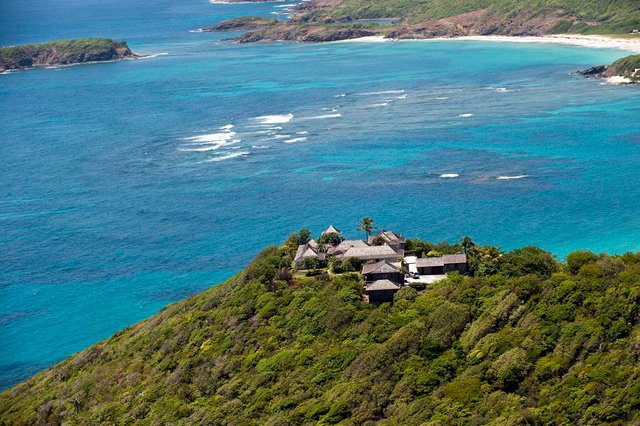
Tourism, fishing and agriculture are the most important economic activities in the municipality. Río Caribe, also called "the lords of the cacao" city, The main agricultural item is cocoa. It is said that the best cacao in the world is the one in Venezuela and the best in Venezuela is Paria, which has a great aroma, which makes us fall in love and invites us to eat a good handmade chocolate or a cup of hot cocoa.
The geography of the municipality extends throughout the north of the eastern peninsula of the state. It owns among its assets the famed Medina Beach and the Paria Peninsula National Park, among other natural and cultural heritages.
 !
!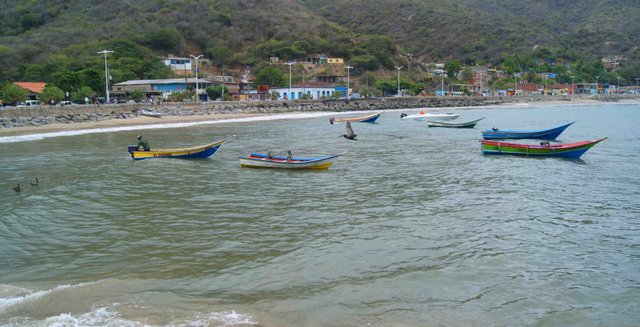
Artisanal and coastal fishing involves an important sector of the population, also becoming one of the most inclusive productive activities.
To visit my Caribbean river town can only be done by land and sea, since we do not have airplanes. The land access is made from Carúpano or Yaguaraparo by Local 03, (they are approximately 28 km from Carúpano) the road is in good condition. Because it is a coast, it also has access by sea, but does not have maritime public transport. However, in Río Caribe, there are small boats that are rented to travel back and forth to nearby beaches.
Go ahead to visit my country and know its beautiful lands full of hope and better love.
If you want to know more about my country and my people with pleasure I will continue talking about this little piece of heaven that our Lord God gave us. 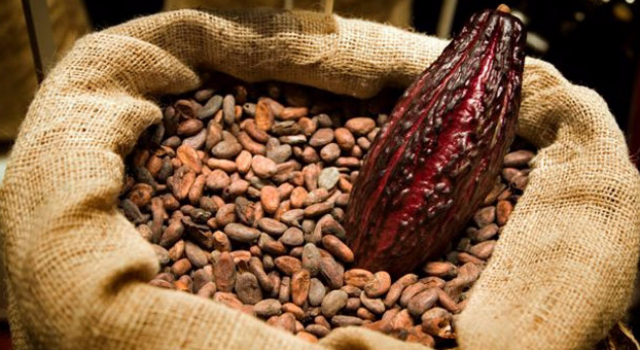
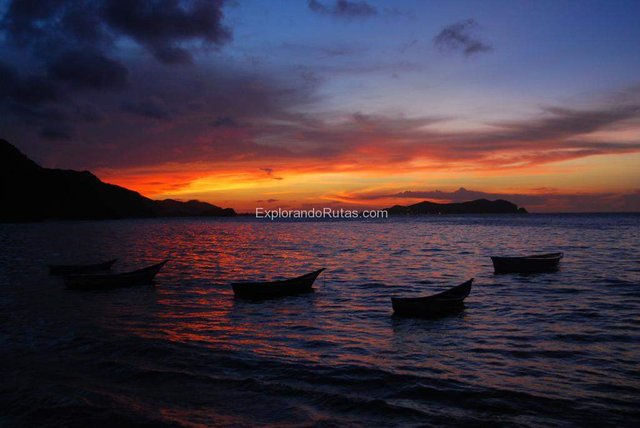
keep posting........looks like a great place for a quiet vacation
thanks for the comment .. if it is a nice and quiet place ..